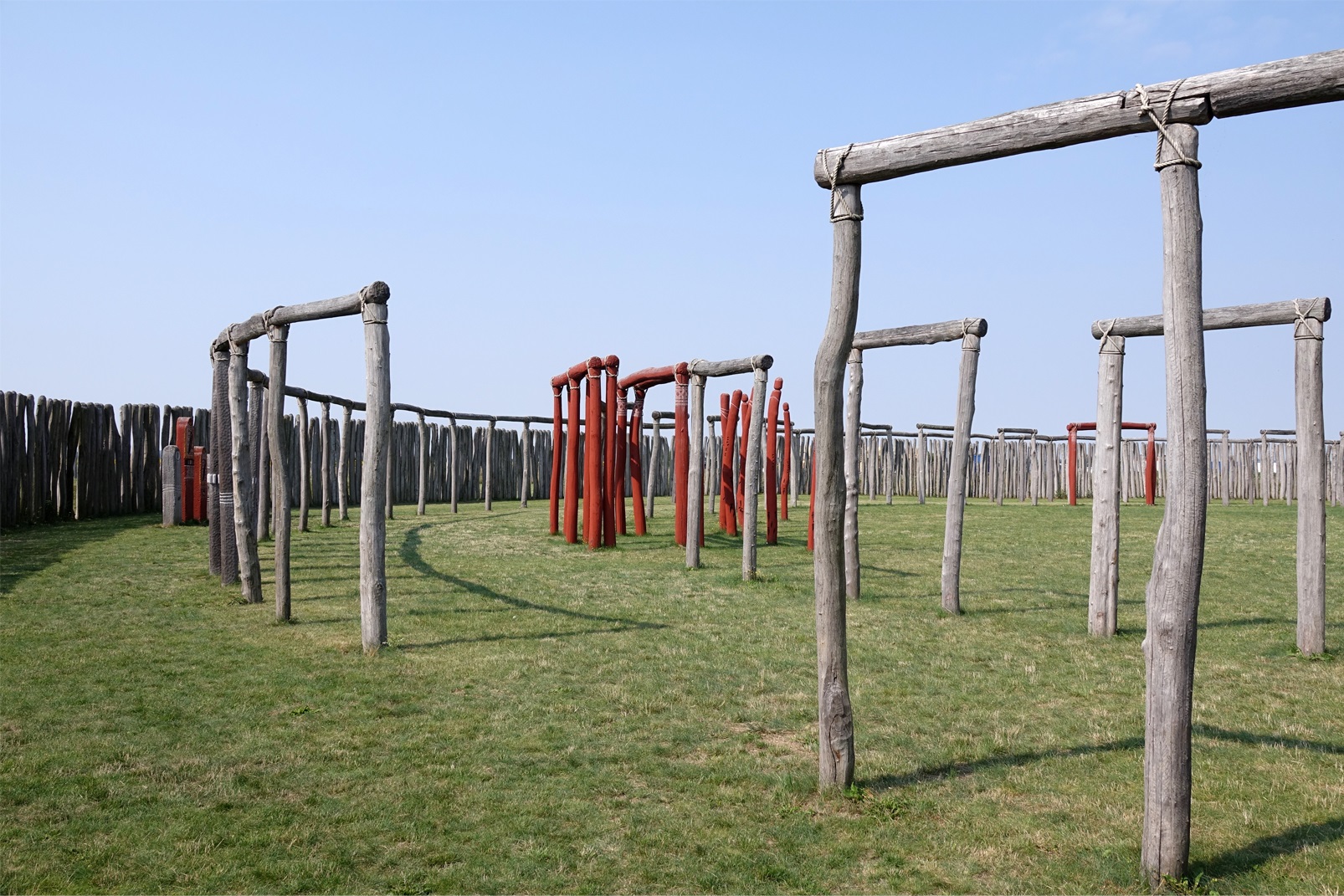Excavations of the Ringheiligtum Pömmelte, nicknamed the “German Stonehenge”, has revealed new insights into domestic life from prehistory.
Ringheiligtum Pömmelte is a late Neolithic/Early Bronze Age henge from the late third millennium BC. The monument features seven concentric rings made of palisades, ditches, and raised banks, each containing a series of wooden posts.
The site was discovered in 1991 through aerial photography near the present-day village of Pömmelte in Saxony-Anhalt, Germany.
From 2018 to 2022, archaeologists have excavated nearly 140 ancient dwellings dating from 2,800 BC to 2,200 BC. The older dwellings are linked to the Corded Ware and the Bell Beaker culture, while the more recent ones are associated with the Únětice Culture.
In a recent study conducted by the State Office for Monument Preservation and Archaeology (LDA) of Saxony-Anhalt, archaeologists are employing various scientific methods to offer new insights into the site’s ritual and settlement landscape.
The study has identified house locations of the Corded Ware culture (26th to 23rd century BC), and an associated settlement pit containing ceramic sherds, an axe head and flint blades. Until now, Corded Ware settlement could only be attributed to individual finds that had been relocated, and not to actual structures on the site.
Also associated with the Corded Ware culture is a storage area with 78 grain silo pits that held various types of gain, including wheat, barley, and spelt. Archaeologists already know that Corded Ware people lived on a balanced diet with animal products, further indicated by drinking vessels from burials at Ringheiligtum Pömmelte that contained traces of dairy products.
While the scientific analyses and the interpretation of the results with various specialists continue, excavations at Pömmelte will last until mid-July 2024.
Header Image Credit : Shutterstock
Sources : State Office for Monument Preservation and Archaeology Saxony-Anhalt





